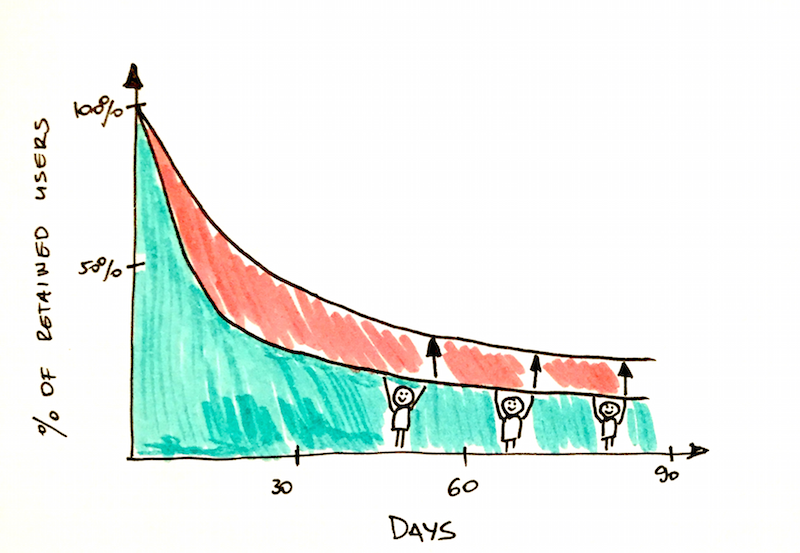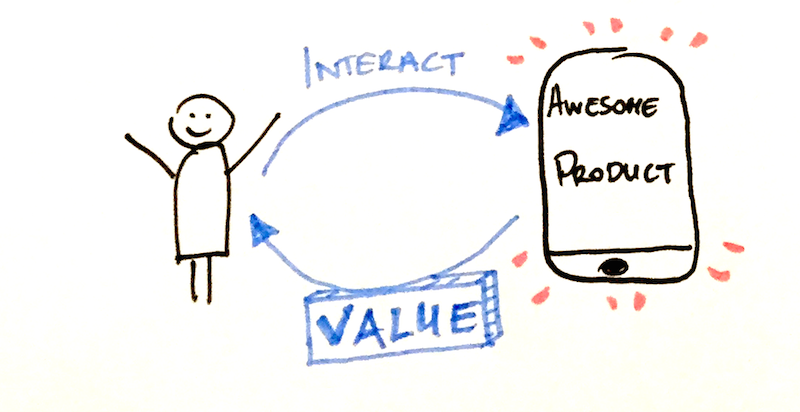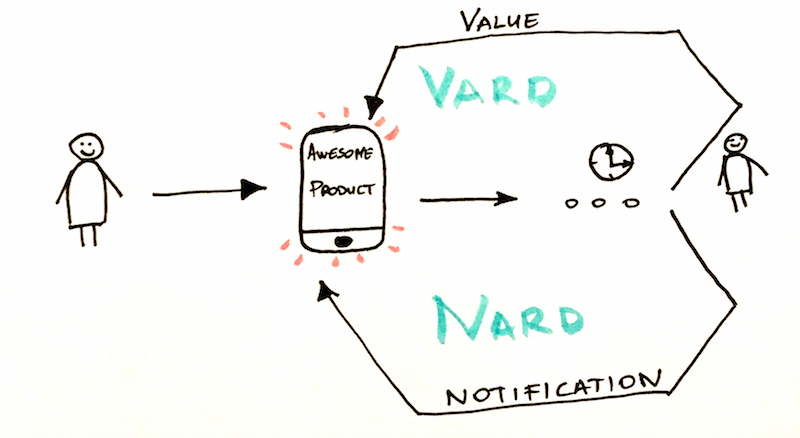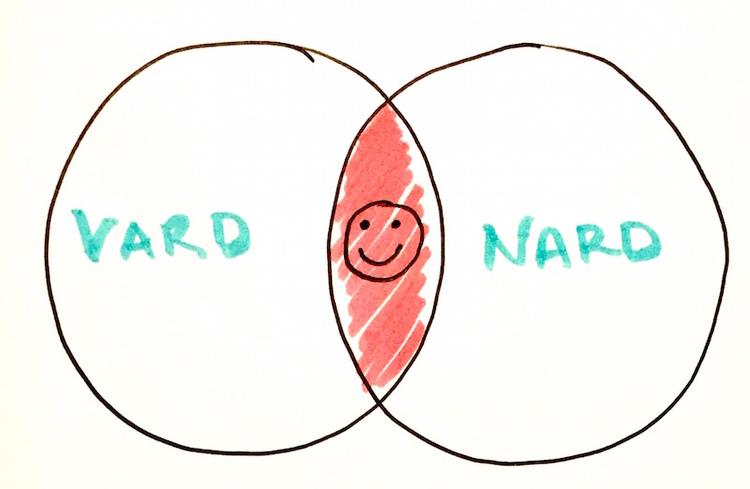(Not So) Evil Retention Drivers
User retention has utmost importance.
It is essentially the number that shows you how many users come back to your product in a given timeframe. If it’s high, you’re happy, if it’s low you’re sad. You would like to increase it over time. Just like this graph shows it.

It is so obvious that everyone in the business would like to increase this, that most of the people don’t really ask why.
So what does this number really encapsulate?
User retention is one number out of many that tells you how valuable you’re product is. And by value I mean user value and not business value. Ideally anytime a person interacts with your product s/he does it because s/he would like to get value from the product.

If they come back more often this means that they find your product valuable. The more often they interact with it the more user value they get. Clear.
This means that if your product becomes more valuable the higher your retention number will be.
Unfortunately many people and businesses confuse user value with business value and thinking about creating business value first.
This means that people tend to look at retention purely as a business value indicator. If more people come back the more business value is generated on our side.
Don’t get me wrong, this is 100% true. And this is very important too. The problem is the mindset.
If you look at it from this perspective then your natural question is
how to bring back more people to capture more business value?
Instead of this if you embrace the “User Value First” mindset you will ask
how to create more user value in the product, so people will eventually come back more often?
(Btw, this will obviously generate business value.)
To illustrate the difference here’s a small illustration:

As you can see the two different mindsets will result in two different retention drivers.
- (user) Value As Retention Driver (VARD)
- (retargeting) Notification As Retention Driver (NARD)
VARD
VARD is powered by user needs, the “jobs-to-be-done”, the triggers those are bringing people back. If these triggers are happening and people think that they can get the job done using your product they will come back. So the more user value you create by solving real user’s needs the stronger your VARD will be. And a powerful VARD moves retention rate higher.
NARD
NARD is powered by the notifications you send to people. If you send more notifications the stronger your NARD will be. The problem is that NARDs can easily piss off people. They get too much useless notifications, they are distracted with the latest promotions, ads, etc. So basically they are not getting value from the product.
It is easier to set up a quick NARD, than to improve the VARD. And as I said above it is a mindset question too.
The good news is that there are good NARDs too. The trick is that you need to find what’s in the intersection of a NARD and VARD:

You need to make a shift in your mindset and ask how can you create value for the user with notifications?
A good notification is the one that arrives exactly at the moment when the user is secretly dreaming about it.
Such notifications are:
- a friend sends you a message
- a friend starts following you
- you have set a price alert to notify you when prices go down
- traffic jam ahead of you alert showing an alternative route
and depending on your product there are many more for sure.
These are the good NARDs. You will create user value if you create these. And if you do this, trust me, your retention number will be higher and your users will love and use your product much more.
Good luck fellas!
Laz